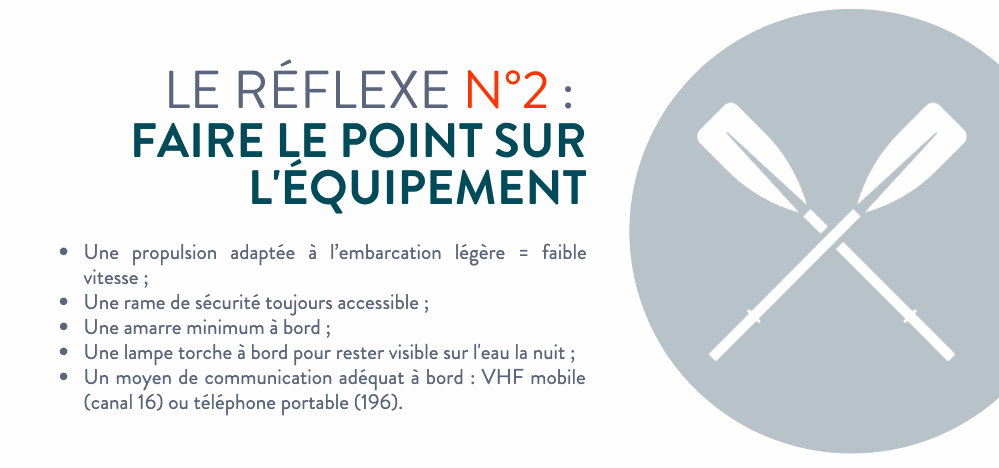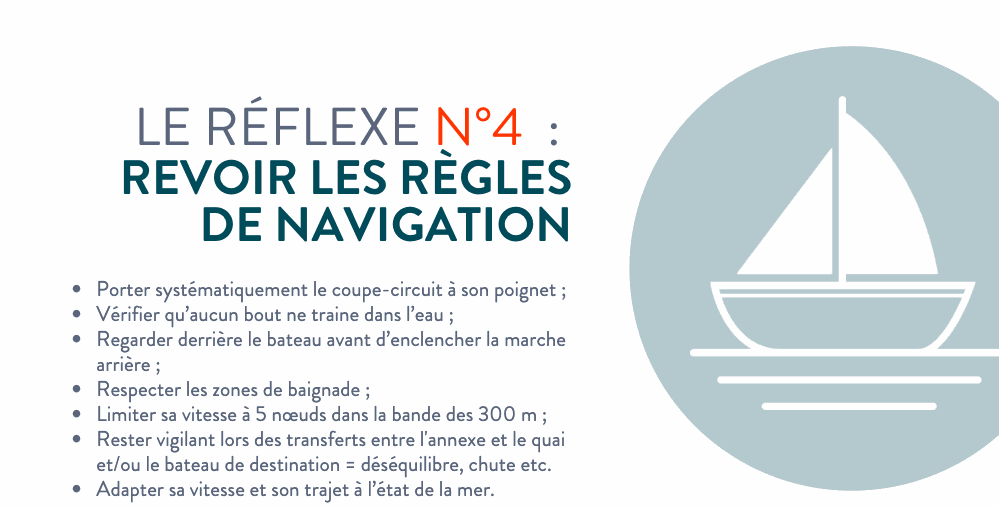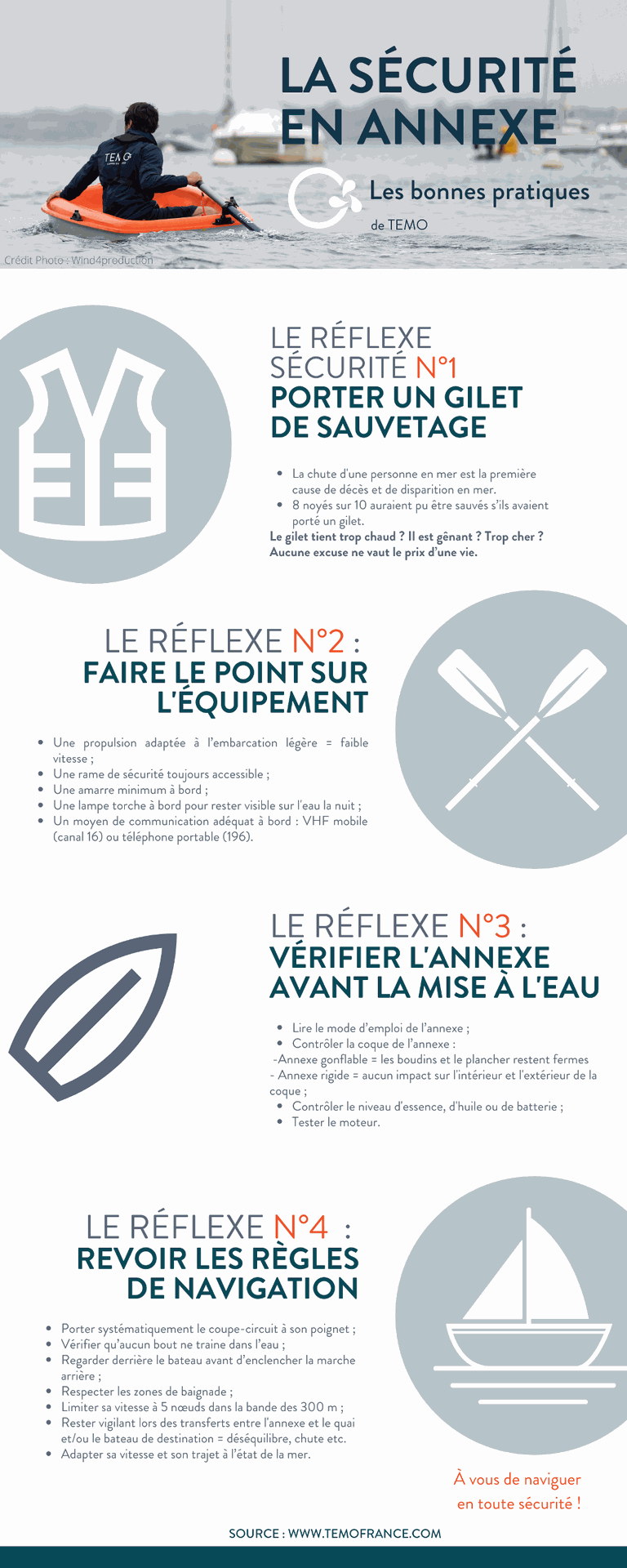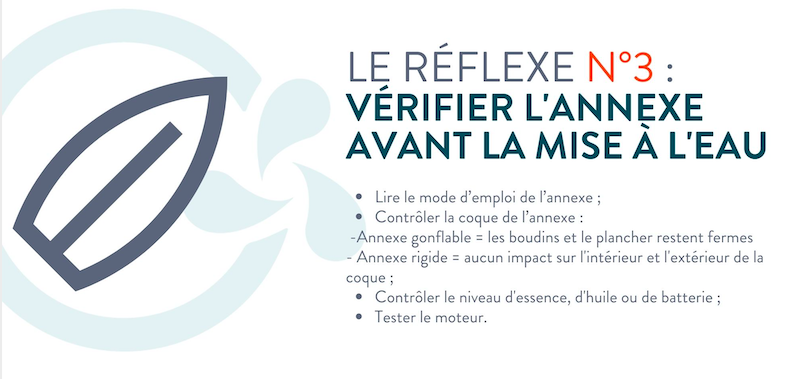Using your dinghy safely
The dinghy is your essential craft for getting ashore when cruising, but it can also give rise to sometimes dramatic accidents. A subject at the heart of TEMO's business, which, with its innovative electric thruster, plays a key role in the prevention of risks related to dinghy use. As the SNSM (the French lifeboat service) reminds us, trips in small craft see the most frequently recorded accidents. Focus on the essential rules for using your dinghy in complete safety.
Wear a lifejacket: The n°1 safety reflex
“It’ll be alright, it’s not far…” the danger associated with dinghy journeys is generally underestimated. But on an unstable boat such as a tender, falling overboard can occur at any time. The figures from the French lifeboat service SNSM are striking:
Man-overboard is the leading cause of death and disappearance at sea
8 out of 10 drowning victims could have been saved if they had been wearing a lifejacket
Do you find a lifejacket too warm? Is it uncomfortable? Too expensive? No excuse is worth the cost of a life.
A look at the basic equipment for your dinghy
Reminder: regulatory equipment for small craft
The most common use of a dinghy is within 300 m of the shoreline and with an outboard of less than 6 horsepower. An area in which legislation in France does not impose any mandatory equipment. In addition to wearing a lifejacket, best practice recommends that you carefully check the equipment in your dinghy.
Propulsion suited to the boat
If you choose to motorize your tendernever exceed the maximum recommended power. Not only will you not go faster, but you risk damaging your boat. Warning: above 6 horsepower, in France, a Coastal Licence is compulsory.
A spare paddle that is always accessible
In the event of engine failure, a paddle, or even better, a pair of oars will help you reach your destination.
A minimum of one mooring line on board
It will be indispensable for tying up before you set off and when you arrive. An extra line can be added, useful for doubling up in case of heavy weather... or should someone fall overboard!
A flashlight
Remain visible on the water when you return to your anchorage after sunset.
Suitable means of communication
Handheld VHF (Channel 16) or mobile phone will be invaluable tools to call for help in case of need.

Before launching: Checks to be carried out
Read your dinghy’s instruction manual
Maximum load, number of passengers: never exceed the recommendations given. This information can also be found on the plate usually fixed to the rear of the boat.
Checking the hull of the dinghy
- Inflatable dinghy: check that the tubes and the floor remain firm but not excessively so.
- Rigid dinghy: check the inside and outside of the hull, see if there is any impact that could lead to water ingress.
Check the outboard motor
- Check fuel, oil or battery levels. A visual check is recommended: beware of faulty gauges. Estimate your consumption according to the planned route, taking into account the effect of wind and currents.
- Test the motor..
Check the weather and tide times
In addition to these checks, make careful observations of the water where you are.
Reminder of navigation rules
Avoiding engine risks
- Always wear the “kill-cord” on your wrist.
- Check that no lines are dragging in the water and risk getting caught in the propeller.
- Look behind the boat before putting the motor astern. Anchorage areas are also swimming areas for your buddy boats.
Respect navigation area
- Swimming areas: Swimming areas: usually delimited by large round, yellow buoys, they are strictly forbidden to motorised boats.
- Speed limited to 5 knots within 300 m of the shoreline
Reduce the risk of falling overboard
- When getting in or out of the dinghy, to or from your main vessel: two mooring lines will be useful to bring the dinghy as close as possible to the other vessel.
- While sailing, observe the sea to anticipate the boat's movements. Adapt your speed and route to the state of the sea.


As you will have understood, the number one safety reflex when under way is to wear a lifejacket. For serene use of your dinghy, also get into the habit of checking its equipment before launching it and obviously using it according to the rules in force. Safety habits must be of second nature to ensure that even the shortest boat ride is a safe one.
It's up to you to sail safely !


